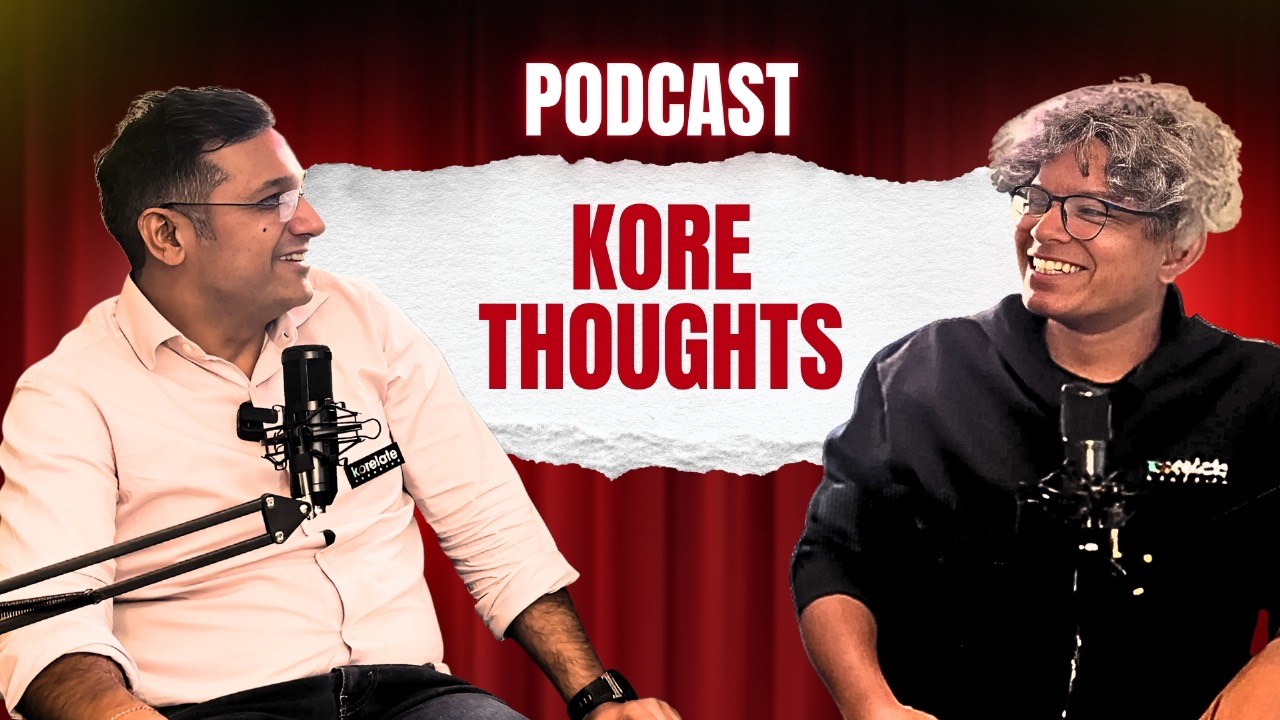The word ‘Cheerleader’ brings cheer to our face. Imagine a stadium where a small group of individuals lead and energize both performers and spectators through dance, gymnastics, and chants. These cheerleaders play a crucial role in contributing to the overall experience of the event for everyone involved as they foster team spirit, enliven and energise the atmosphere and act as Ambassadors.
I draw inspiration from cheerleaders as their acts build confidence, fosters leadership skills, and promotes social skills. Cheerleading is integral to sportsmanship, which in turn is one of the “lead characteristics” of successful leaders.
Good leaders also energise the atmosphere, act as an ambassador of their organisation, promote connections and inspire people. They are great cheerleaders. Moreover, such leaders create more cheerleaders through their behaviour.
Leadership is like Energy-Ship. Energy-ship is Work-ship. Work-ship is worship. To me, an effective leader is someone who leads the work as worship with cheerleaders.
I call people who bring cheers to their stakeholders as Cheerleaders. A leader cannot say that my team is my cheerleader, or my management is my cheerleader unless the leader becomes cheerleader. Cheerleaders live forever as they leave the battery of cheerleaders behind them.
This world needs more cheerleaders than ever before. People do not feel connected in an organisation or a task force. A small “act of connection” by a leader can bring cheer to their team members
Beyond Leadership to “Cheer Leadership”
While we have every right to call ourselves a leader, what does it take to challenge ourselves and move to the next level of “cheer leadership”? How does one become a cheerleader? What kind of shift in our behaviour can and must we bring about to make this happen?
Let’s take a closer look at the following 3 most important specific behaviours that I have experienced in my life journey that helped me to shift from simple leadership to cheer-leadership:
1. Form a Connection: At a crucial juncture in my life, I was fortunate to find a mentor who helped me understand the power of connection. I started practicing connecting with people at a deeper level since then.
I also started experiencing serendipitous connections with people. A simple tuning of mindset helped me receive each person as the recipient of my service. I call it “service” because they invest their time to listen to me. When I am communicating, I speak with a service mindset. An attitude of gratitude enables me to make many cheerleaders.
Recently, one of my colleagues sent me a WhatsApp message that he is indisposed and is unable to attend office. I responded immediately, offering my attention and help as needed. Next day, the colleague called me to say thanks for giving him the experience of personalised care. I believe that one small act helped forge a genuine connection between us.

2. Engage in Role Play: For the last 2 years, I have been part of a volunteer organisation where we practice communication and leadership skills. One of the most important goals of this organization is to elevate members to the ranks of leaders with the Leader-Member Exchange focusing on relationships between leaders and the people they lead. This has been an excellent opportunity for me to perform various roles, both as a general member and as a leader.
In our life journey, we play different roles at different times and in different contexts. How effectively we play all the roles depends on our attitude, how deep we get into each role and what we contribute.

3. Accept All Feedback: I would like to share two powerful experiences while leading teams on important projects.
First: I was on an important business trip with my team members. After dinner, we were all walking on the road. During a casual conversation, one of my discipline heads sounded upset with me. His complaint was that as a manager I do not invest adequate time on the issues pertaining to his discipline. In the flow, he also expressed his displeasure about the systems and procedures the organisation is following. I listened to him actively and did not say anything. Next morning, I was ready with my homework, and I had few ideas to offer him. We did our business until afternoon and arrived at some breakthrough solutions. I did not mention anything about the previous evening’s post-dinner conversation; however, I could spot a positive shift in his body language. I prepared some mental notes and brought small changes in the way I manage my time with respect to daily rituals and routine.
Second: My manager called me to his office, saying that he needed to convey something important. While walking I was curious to know what had happened. He told me that he has feedback that my behaviour is perceived as arrogant by others. He continued that people in my team bad-mouth about other project teams. I asked if he was able to share some specific details so that I could take corrective action. He said it was not appropriate to share specifics as it could lead to other issues. He also mentioned that the Ethics committee empowered by the executive management has zero-tolerance on such issues. Our meeting lasted 5 minutes. I left puzzled – wondering how to act upon this type of general feedback.
In the first situation, I had very specific feedback and I could take corrective action immediately, while in the latter instance, the feedback was general, and it left me with many conflicting thoughts. For several weeks, I held on to my view that all feedback must be specific or else it cannot be acted upon. However, as I reflect upon these two unique experiences on feedback, I have come to believe that all feedback should be taken on board as they provide one with the opportunity to learn and improve. When you learn and improve, which is one of the key pillars of a growth mindset, you become a better version of yourself, bringing in more cheer and energy to all stakeholders than before.

Becoming a Purposeful Leader
To become a purposeful leader, and to live a purposeful life, I believe genuine connections are necessary. In this process, we play different roles. When we play different roles, we seek feedback, and I contend that every feedback deserves reflection and action.
I believe that the “Connection-Roleplay-Feedback” mechanisms, if done genuinely, help us to:
Connect with yourself and make yourself your biggest cheerleader.
Connect with your stakeholders (your peers, team members, members of other business groups, management, internal and external stakeholders) to make them your cheerleaders.
Connect with others to become their cheerleader.
How are you cheerleading those around you? What are your experiences?
By Vivek Agrawal

A senior project management professional serving the oil and gas industry for over 3 decades, Vivek has held several leadership roles with organizations like Reliance and Petrofac. He currently serves as a Senior Vice President with the Reliance group in India.
Vivek is supported by his super-energetic and caring family. His most important value is integrity. Vivek loves reading, writing, public speaking, connecting with people, trekking, and cooking. His favourite quote is: The more you sweat in peace, the less you bleed in war (Norman Schwarzkopf).
Disclaimer:
All views expressed are personal in nature and they have no bearing with any organisation, person or place.
Looking to develop the leadership talent in your organization? Let Korelate Learning help with one of several customized leadership development workshops. Whether it is helping improve business communication or inculcating a growth mindset, these leadership workshops are designed to unlock and unleash the leadership potential of your people. Contact us now!







